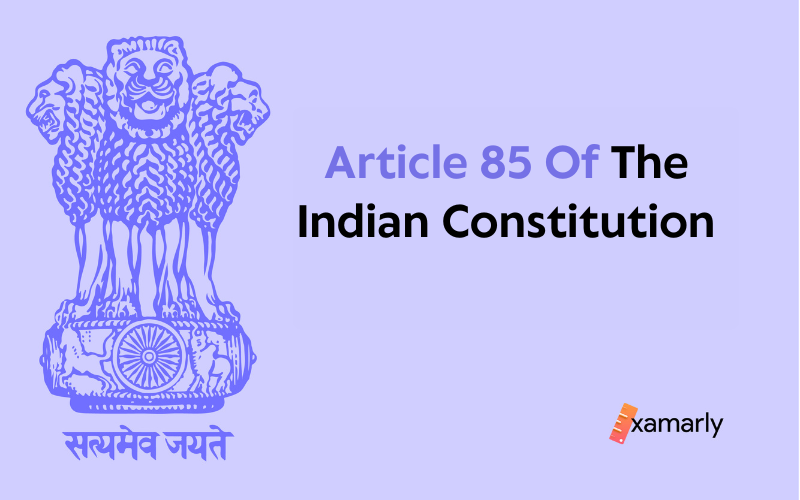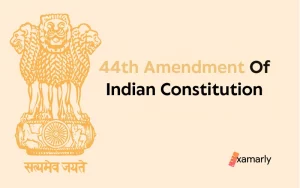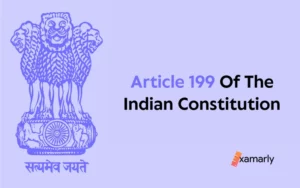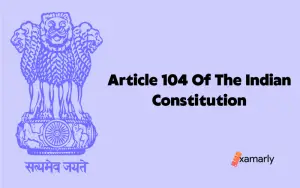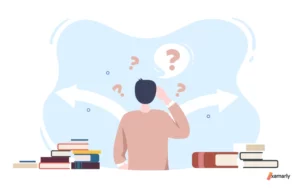Article 85 of the Indian Constitution deals with Sessions of Parliament, prorogation, and dissolution. Chapter II of Part V outlines this article in the Constitution.
This article will give you a fruitful insight into the Session, prorogations, and the dissolution of the Houses of Parliament.
What Is Article 85 Of The Indian Constitution?
- The President shall from time to time summon either House of Parliament at any time and place he deems appropriate although no more than six months must pass between the House’s final meeting of one session and the date set for the beginning of the next.
- The President may occasionally:
- (a) prorogue both Houses or just one of them;
- (b) dissolve the House of the People.
Sessions Of The House
The time when the House convenes to conduct business is referred to as a session.
Each House of Parliament’s session is called by the President.
There are typically three Parliament sessions held each year: the Budget Session (February to May), the Monsoon Session (July to September), and the Winter Session (November-December).
Between any two Parliamentary sessions, a maximum of six months may pass.
The Parliament or any of its Houses may be prorogued by the President.
The Lok Sabha could be dissolved by him.
Summoning Of Parliament
Summoning of Parliament refers to the practice of calling all members of Parliament to a meeting. The President is the one who convenes Parliament.
Periodically, the President will call a meeting of each House of Parliament.
The Parliament must meet at least twice every year, and the interval between sessions cannot be longer than six months.
Prorogation
Prorogation signifies the termination of a session.
- Prorogation signifies that both the sitting and the session are over, not that the House has been dissolved.
- One thing to keep in mind is that only the Lok Sabha is dissolved; the Rajya Sabha remains in place because it is a permanent House.
- Recess is the time difference that occurs between prorogation and reassembly.
- Prorogation marks the conclusion of the ongoing session, not the dissolution of the House.
- While the House is in session, the President may also prorogue it.
- A few days after the House is adjourned sine die by the presiding officer of the House, the President often releases a notice for the prorogation of the session.
- As soon as the House is prorogued, all pending notices become invalid. Bills, however, are unaffected by prorogation.
- Since the Rajya Sabha does not dissolve, prorogation solely applies to the Lok Sabha.
Dissolution
- By presidential proclamation or automatically after the conclusion of its five-year term, the Lok Sabha is dissolved.
- The life of the house ends with dissolution.
- Rajya Sabha cannot be dissolved.
- When the Lok Sabha is dissolved, all business pending before it or its committees expires, including bills, motions, resolutions, notices, petitions, and so on.
- The lame Duck session refers to the final meeting before the Lok Sabha is dissolved.
- The House can only be dissolved by the President.
When Does The President Issue The Decree To Dissolve The Lok Sabha?
- He can issue the order even before the conclusion of the five-year tenure if given permission by the Council of Ministers.
- Lok Sabha Can also be dissolved if the Council of Ministers loses the trust and none of the parties showcase their majority.
For Further Readings:
Conclusion
The provisions for parliamentary sessions, prorogations, and dissolution are covered in Article 85 of the Indian Constitution.
FAQs
What Does The Indian Constitution’s Article 85 Say?
According to Article 85 of the Constitution, the President may call a meeting of either House of Parliament at any time and place he thinks fit. The Houses or either House of the People may at any time be suspended or even dissolved by the President.
Which Article Allows For The Dissolution Of The Parliament?
Article 85 allows for the dissolution of the Parliament.
Who Can Dissolve The Rajya Sabha?
The second Chamber of the Parliament cannot be dissolved as it is a permanent body.
Who Can Prorogue Lok Sabha?
President can prorogue the Lower House of the Parliament.
Who Has The Power To Summon The Houses Of Parliament?
President has the power to summon both the Houses of Parliament.
How Do Prorogation And Dissolution Differ From One Another?
While prorogation ends a session, dissolution ends the Lok Sabha as a whole.


